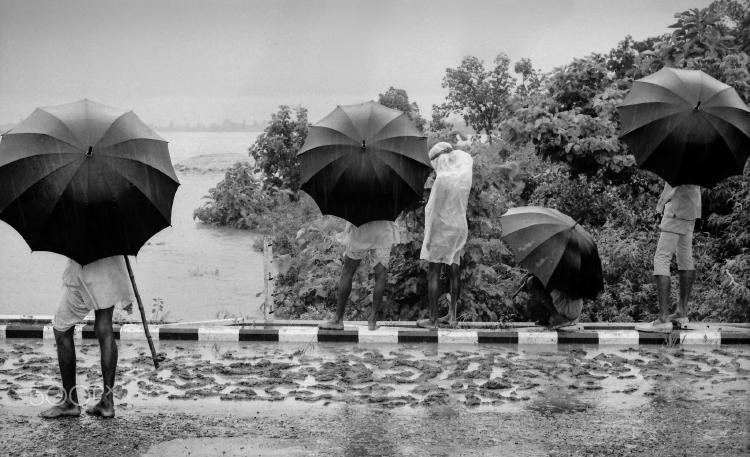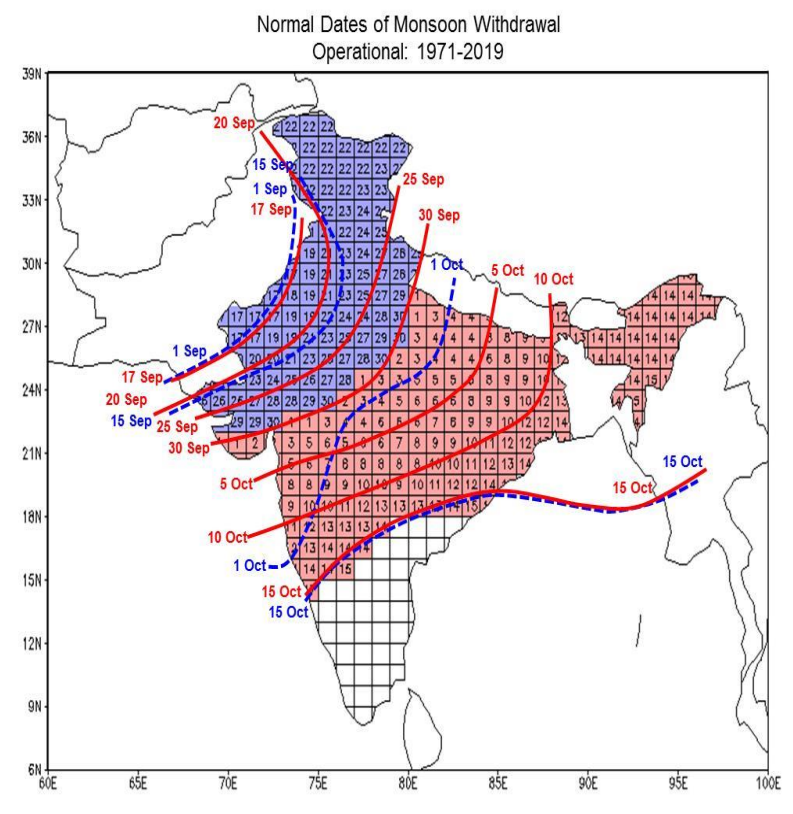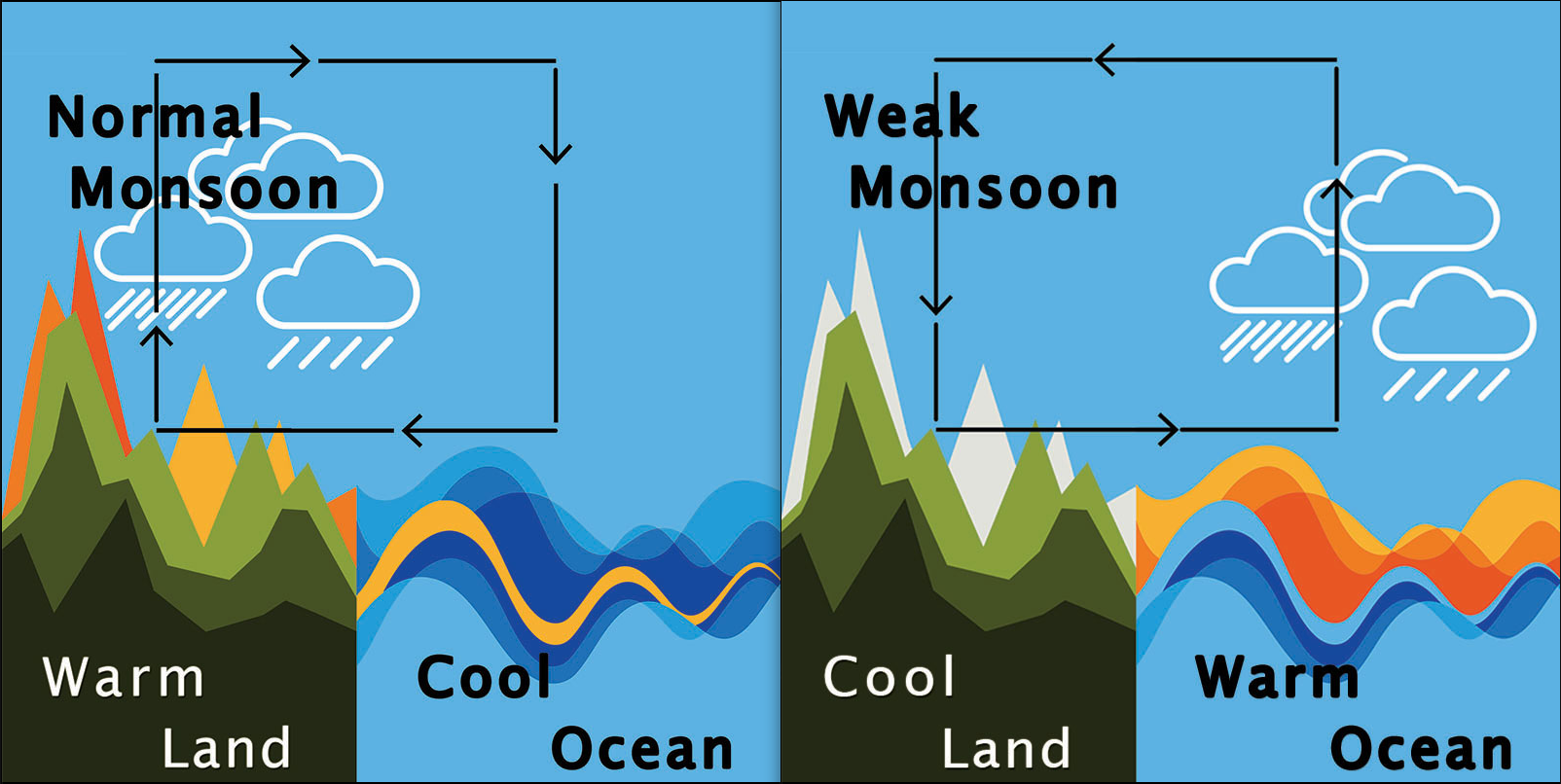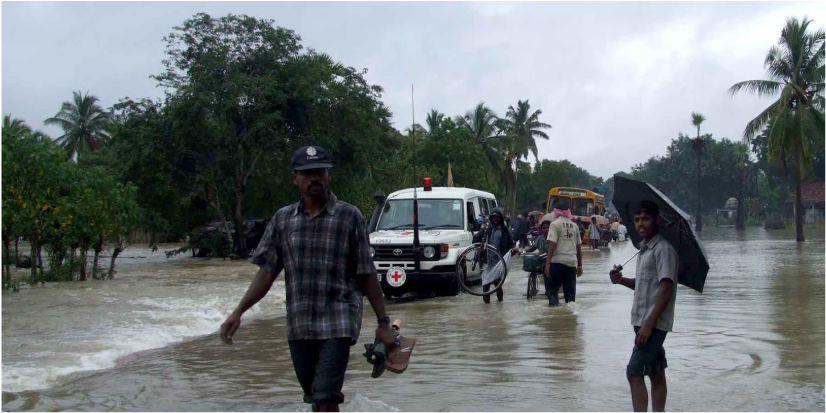The Changing Indian Monsoon: How Global Warming is Reshaping India's Lifeline
An in-depth analysis of how climate change is altering India's monsoon patterns, affecting agriculture, cities, and millions of lives across the subcontinent.

- Dr. Vivek Shilimkar
- 5 min read

Introduction
The summer monsoon rains are the pulse of the Indian subcontinent. From June to September, these life-giving rains don’t just turn mountains green—they refill rivers, nourish crops, and provide fresh support to over a billion lives. However, in recent times, the monsoon has become increasingly erratic, with delayed onset, sudden extreme rainfall, and growing unpredictability. As global temperatures rise, Earth’s warming is transforming India’s most critical weather system, and the country is experiencing these changes firsthand.
What Changes Are Occurring in the Monsoon?
Scientific data from the India Meteorological Department (IMD) and reports from the Intergovernmental Panel on Climate Change (IPCC) reveal significant shifts in monsoon behavior.
Regional Variations
Central India now experiences increased rainfall in some areas, while northeastern and eastern India report rainfall deficits in certain regions. This uneven distribution creates a patchwork of flood and drought conditions across the country.
Intensity Changes
The frequency of extreme precipitation events has dramatically increased. Short-duration, high-intensity rainfall is becoming more common, leading to urban flooding and crop damage. According to research published in Nature Climate Change (Roxy et al., 2017), extreme rainfall events over central India increased threefold between 1950 and 2015.
Temporal Shifts
Many regions are experiencing delayed monsoon arrival and withdrawal. Most of us have noticed rains extending well into October. The IMD revised monsoon withdrawal dates in 2020 based on observed changes:
Northwest India (based on 2020 research):
- Old monsoon withdrawal date: September 1
- New monsoon withdrawal date: September 17
Pune/Most of Maharashtra (based on 2020 research):
- Old monsoon withdrawal date: October 1
- New monsoon withdrawal date: October 10

Figure 1: Map showing average monsoon withdrawal dates across the country based on new objective rainfall criteria for 1971-2019 (red lines), compared to old average dates (blue doted lines). Source: IMD
The Role of Global Warming
The Indian Ocean is warming rapidly, reducing the temperature difference between land and ocean that drives monsoon winds. These changes are directly linked to global climate change. As temperatures rise, the atmosphere’s capacity to hold water vapor increases, but climate change creates complications in how this moisture is released as rainfall.
Furthermore, climate change is intensifying the El Niño and La Niña cycles, bringing additional variations to monsoon behavior. For example, El Niño events now have a higher probability of causing severe droughts in India than before.
 Figure 2: The above diagram shows how winds from the ocean move toward land due to land heating during monsoon season, and current anomalous wind patterns due to rising sea temperatures.
Figure 2: The above diagram shows how winds from the ocean move toward land due to land heating during monsoon season, and current anomalous wind patterns due to rising sea temperatures.
Impact on Agriculture and Food Security
Nearly 60% of Indian agriculture depends on rainfall, making farming directly vulnerable to monsoon irregularities. Rainfall unpredictability leads to:
Crop Damage
Kharif crops like rice, soybeans, and pulses—grown during the monsoon season—suffer significant losses due to both excess and deficient rainfall.
Reduced Productivity
Waterlogging during critical growth phases or drought conditions can drastically reduce crop yields, affecting both farmer incomes and national food security.
Farmer Distress
Increasing debt burdens and crop failures force many farmers to migrate to cities in search of alternative livelihoods.
The Indian Council of Agricultural Research (ICAR) projects that without adaptive measures, crop productivity could decline by 10-40% by 2100.
Cities, Floods, and Infrastructure Stress
Urban India is not spared from these impacts. Cities like Mumbai, Chennai, and Bangalore face recurring flash floods due to torrential rainfall overwhelming poorly designed drainage systems. Informal settlements, often located in low-lying, flood-prone areas, bear the brunt of these extreme weather events.
 Figure 3: Flooding conditions caused by excessive rainfall in urban areas.
Figure 3: Flooding conditions caused by excessive rainfall in urban areas.
These urban impacts strain city economies, public health systems, and can force urban poor populations to migrate. A study in Pune revealed that rising temperatures and changing rainfall patterns are increasing dengue-related deaths, with a 2-5 month lag period for disease outbreaks. Under high emission scenarios, dengue mortality could increase by up to 112% by 2100.
Regional Case Studies
Assam: Experiences both severe flooding and prolonged drought periods within the same season, creating complex challenges for disaster management.
Maharashtra: Faces water scarcity due to irregular rainfall and declining groundwater levels, affecting both urban and rural populations.
Kerala: The record-breaking floods of 2018 and 2019 were attributed by scientists to climate change-induced extreme rainfall events.
Solutions and Adaptation Strategies
Policy and Governance
Enhanced Climate Finance: The Indian government launched the National Adaptation Fund for Climate Change (NAFCC) in 2015. Increasing this fund could provide greater support to climate-affected communities.
Water Management: Implementing interstate water management systems and distributing water resources according to seasonal monsoon patterns.
Proactive Planning: Shifting from reactive disaster response to proactive planning based on IMD’s weather forecasts and climate projections.
Technology and Infrastructure
AI for Weather Prediction: Using artificial intelligence for better rainfall forecasting and crop planning. The IMD and Indian Institute of Tropical Meteorology (IITM) are developing high-performance computing systems like Arka and Arunik for AI-enhanced weather prediction.
Urban Planning Updates: Designing cities with drainage systems capable of handling short-duration, high-intensity rainfall. Where possible, implementing rainwater harvesting and increasing urban tree cover.
Farmer Training: Providing education to farmers on climate-resilient agricultural practices and crop varieties suited to changing weather patterns.
Traditional Water Storage: Reviving traditional water conservation methods that have proven effective over centuries.
Conclusion
India stands at a critical climatic crossroads. The once-reliable monsoon has become a symbol of uncertainty. By combining scientific understanding, administrative policies, and community knowledge about monsoons, India can protect the rainfall cycle that sustains its people and economy while weathering the storm of climate change.
The challenge is immense, but so is India’s capacity for adaptation and innovation. The monsoon that has sustained civilizations for millennia can continue to do so, but only with conscious effort to understand, respect, and adapt to its changing nature in our warming world.
This article draws from scientific research by the India Meteorological Department, IPCC reports, and peer-reviewed studies on Indian monsoon patterns and climate change impacts.